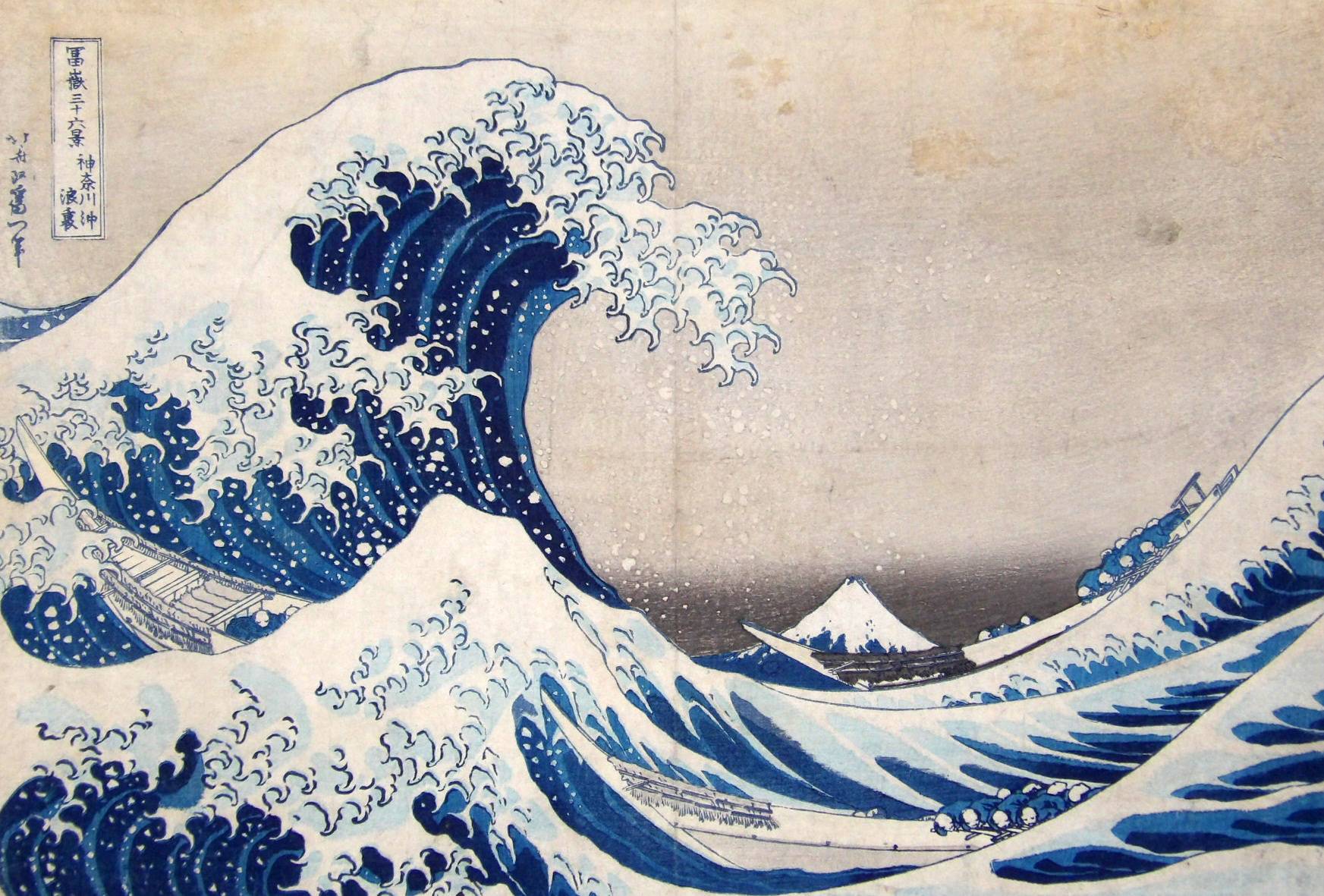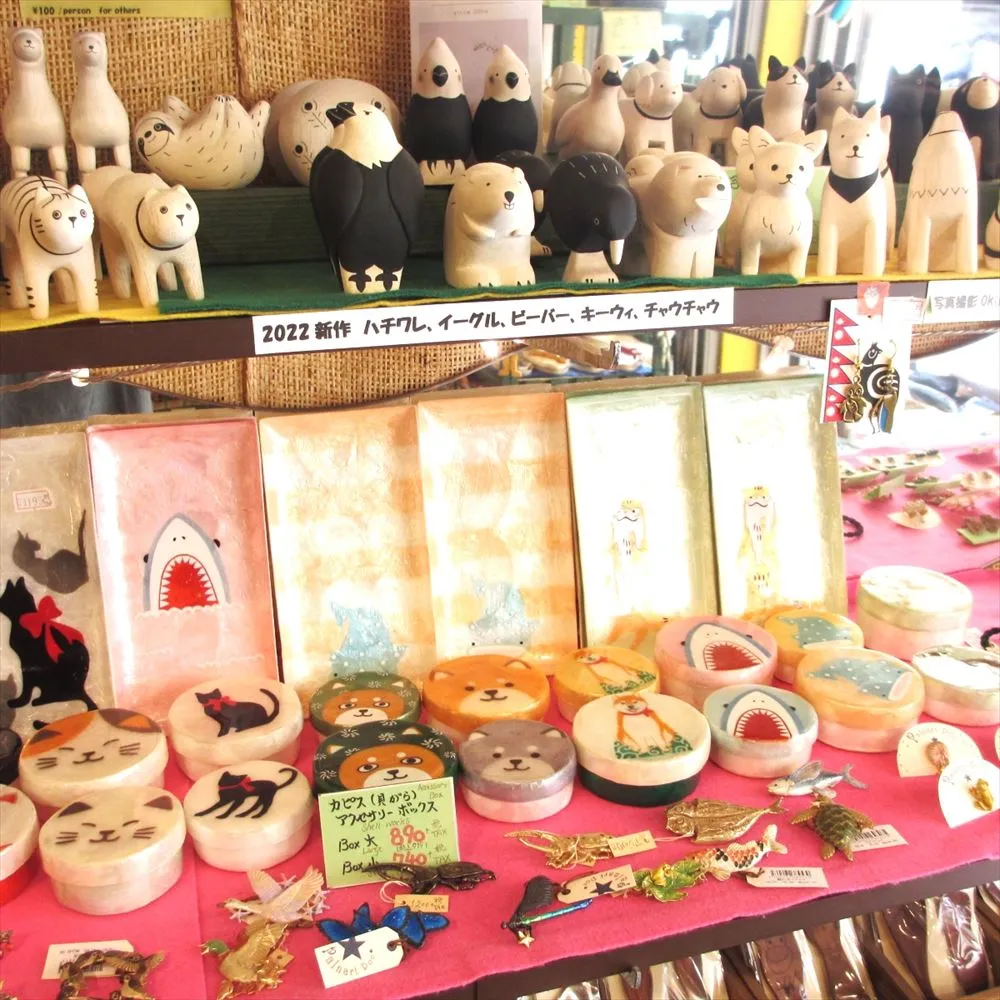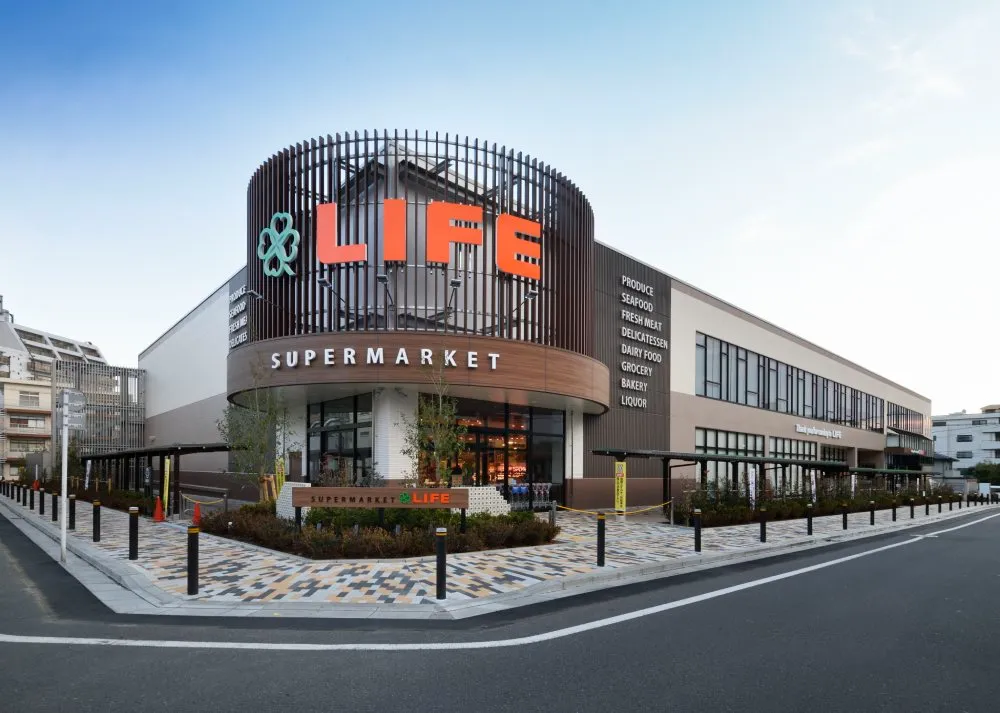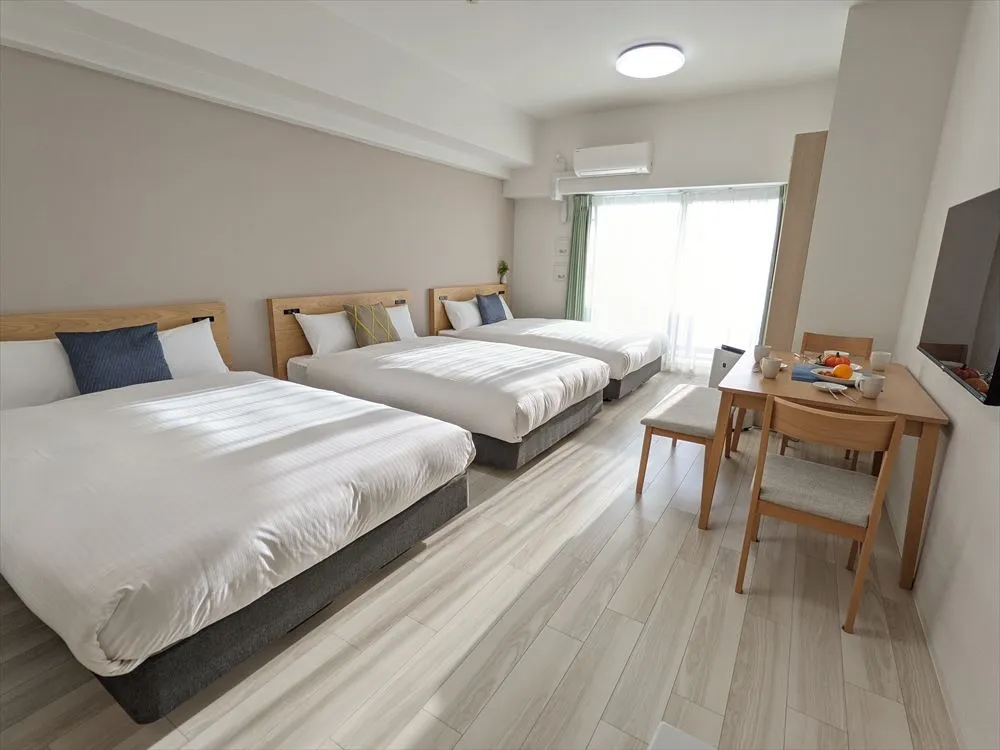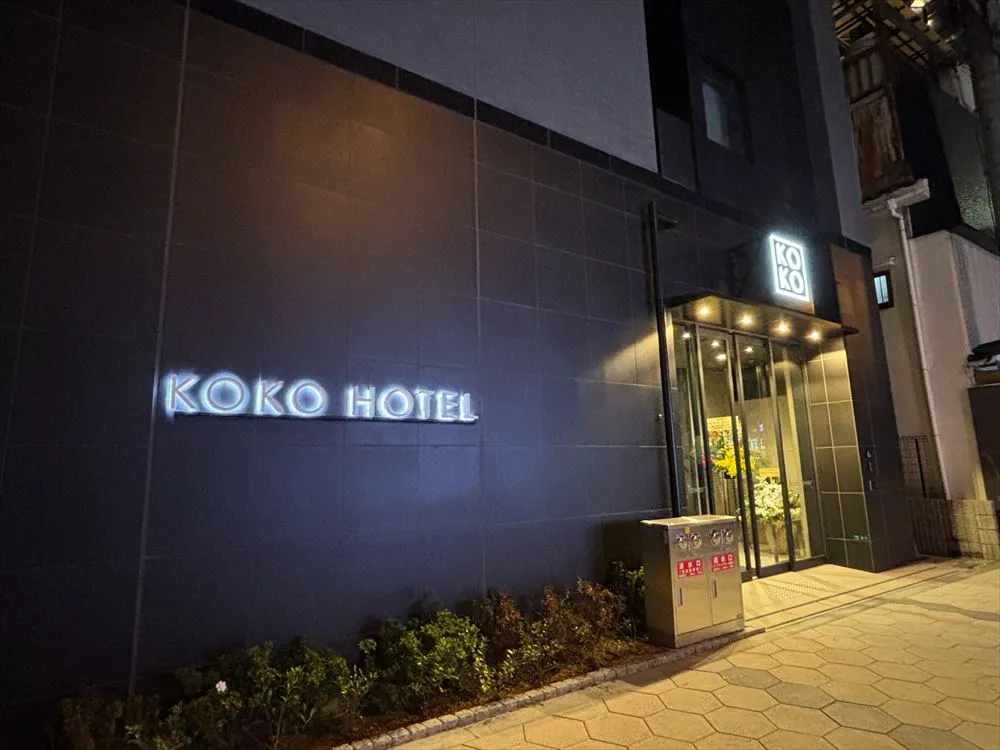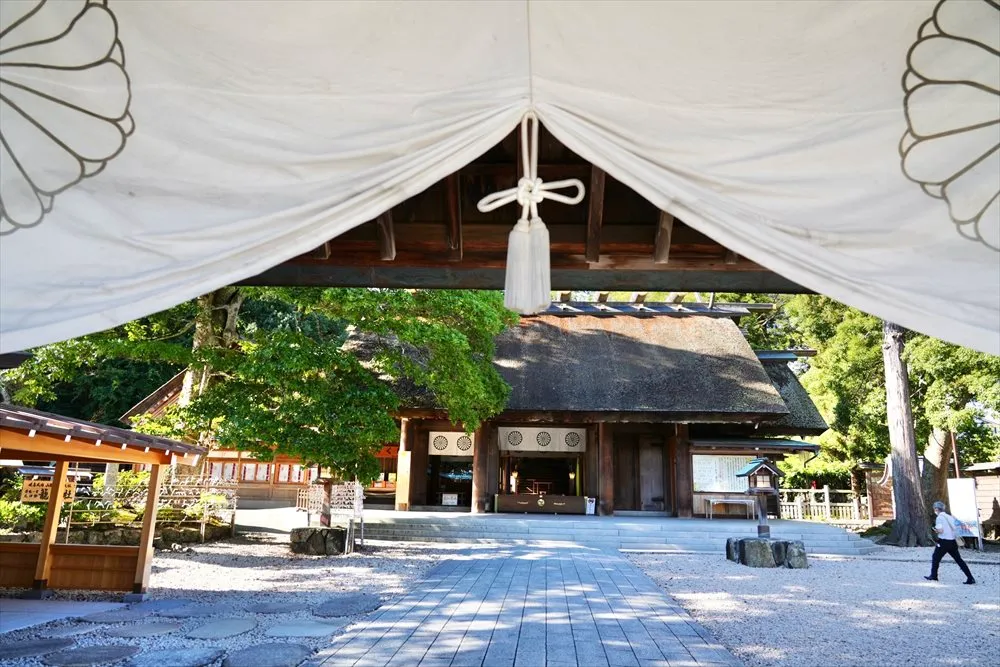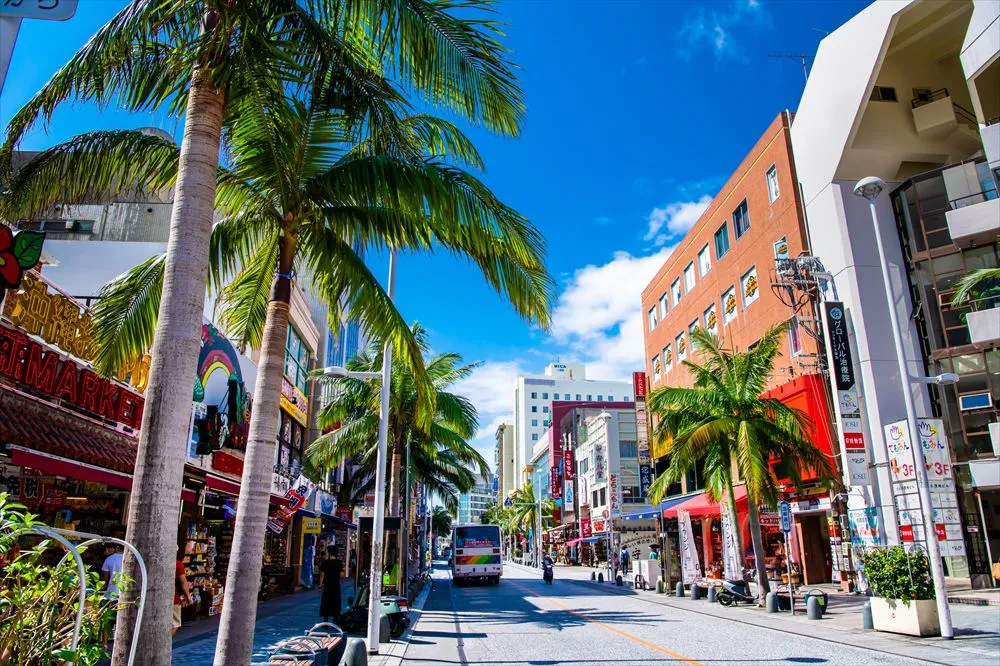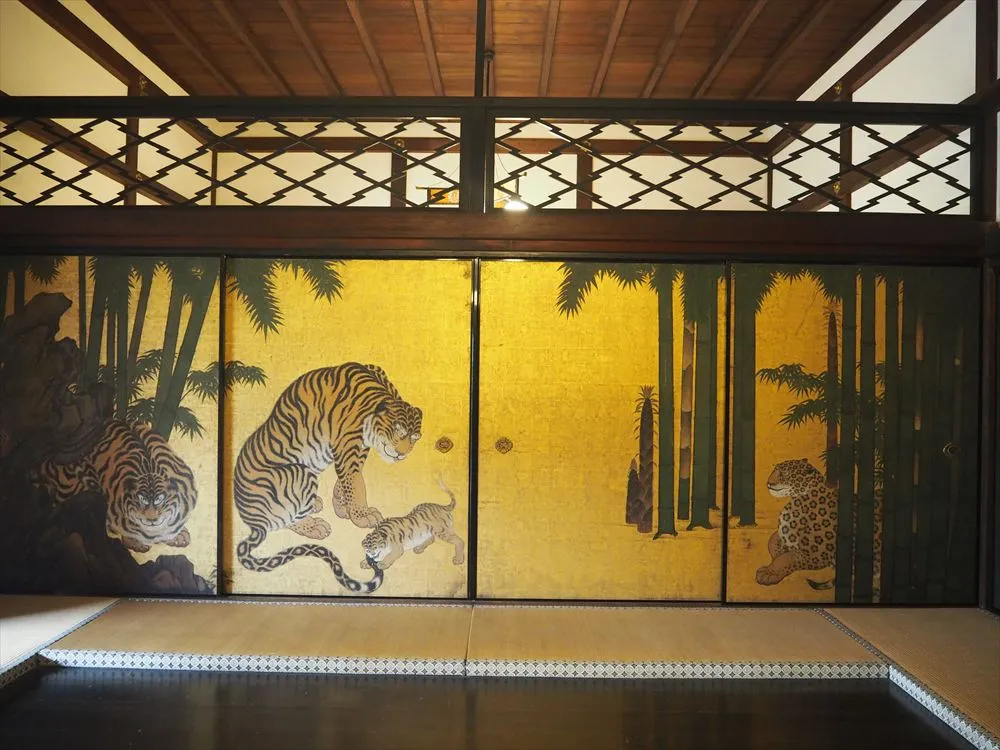Mozu-Furuichi Kofungun, located in the southern part of Osaka Prefecture, is now expected to be registered on the World Heritage List through following a review by UNESCO’s World Heritage Committee, which is scheduled to be held from June 30 to July 10 in Azerbaijan. These ancient tumulus clusters consist of 49 kofun tombs in Osaka Prefecture, which were constructed between the late 4th century and the late 5th century, including the Daisen Kofun, a tomb of the Emperor Nintoku, which is especially famous among Japanese people because it appears in school textbooks of Japanese history. The following section includes the article in att.JAPAN vol.82, which features the area in Osaka, including the Daisen Kofun.
“Mozu-Furuichi Kofungun, Ancient Tumulus Clusters” to be registered on the World Heritage List
- Travel to Senshu in Osaka, a Place Steeped in History
- The Nintoku-tenno-ryo Kofun (Daisen Ancient Tomb) Sakai City (Sakai City)
- A vir tual reality “Nintokutenno-ryo Kofun Tour”
- Sakai Risho no Mori (Sakai Plaza of Rikyu and Akiko) (Sakai City)
- Kishiwada Castle (Kishwada City)
- Streets of Yamanakadani (Hannan City)
- Ikegami Sone Ruins Historic Park (Izumi City)
Travel to Senshu in Osaka, a Place Steeped in History
While Osaka is an exciting city always filled with tourists, the area located at the southwestern part of Osaka Prefecture (commonly called the “Senshu Area”) has lots of different kinds of attractions. The Senshu area has many historical sites, including those going back to the time before Christ. Visit and feel the history that is still alive in the Senshu area.
The Nintoku-tenno-ryo Kofun (Daisen Ancient Tomb) Sakai City (Sakai City)
JR Mozu Sta. As one of the world’s largest tombs, along with the Pyramid of Khufu in Egypt and the Mausoleum of the First Qin Emperor in China, this is Japan’s largest tomb, with a unique keyhole shape (square at the front and rounded in the rear). It is said that the tomb was built for the emperor around the 5th century; however, the whole picture hasn’t been uncovered yet. Think about ancient times, speculating about who was buried in Japan’s largest tomb with a total length of 486 meters and how it was constructed.
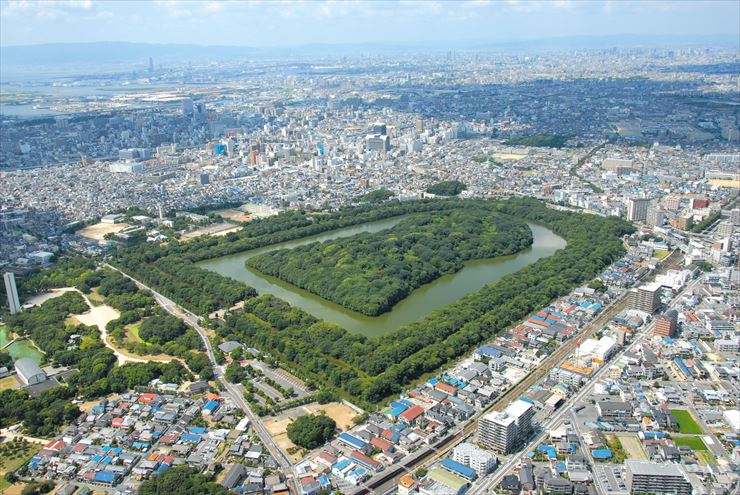
The Nintoku-tenno-ryo Kofun Kofun refers to ancient burial mounds that were constructed for influential figures during the period from the 3rd to 7th centuries. It is said that there are more than 200,000 kofun nationwide. The area around the Nintoku-tenno-ryo Kofun is clustered with many other kofun, which are collectively called the Mozu tombs.
A vir tual reality “Nintokutenno-ryo Kofun Tour”
Sakai City Museum offers a vir tual reality “Nintokutenno-ryo Kofun Tour,” in which you can enjoy the view from the sky and inside the tomb.

Sakai Risho no Mori (Sakai Plaza of Rikyu and Akiko) (Sakai City)
Hankai Tramway Shukuin Sta. Sen no Rikyu, a prominent figure who in the 16th century established the tea ceremony, an important traditional culture of Japan, was born in Sakai. Sakai was then the center of the development of the area as a town of merchants. At this museum, you can learn about this culture and experience a tea ceremony.
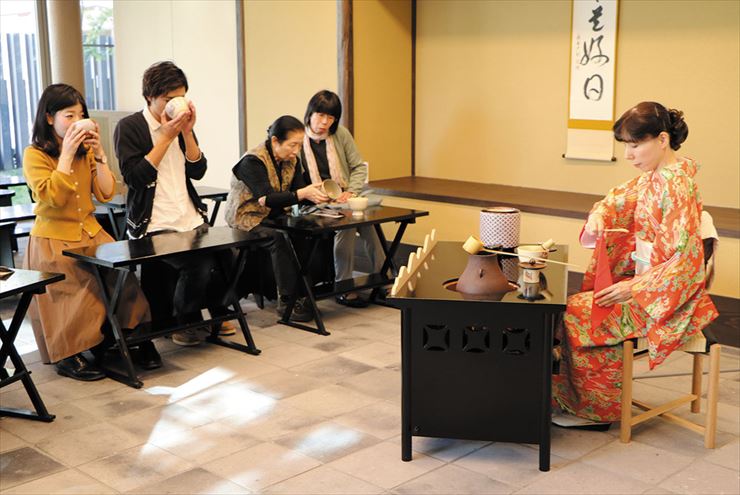
| Access | Hankai Tramway Shukuin Sta. |
| URL | https://www.sakai-rishonomori.com/english/ |
Kishiwada Castle (Kishwada City)
Nankai Dentetsu Takojizo Sta. Kishiwada Castle was originally built in the 16th century and its castle tower was renovated in 1954 to create the current appearance. Kishiwada Castle Garden (Hachijin no Niwa), a unique-shaped stone garden, is a must-see. The top of the castle tower commands a sweeping view of the whole garden.
_R.jpg)
_R.jpg)
| Access | Nankai Dentetsu Takojizo Sta. |
Streets of Yamanakadani (Hannan City)
JR Yamanakadani Sta. This historical town used to be crowded with travelers who came to offer prayers at Kumano Hongu Taisha Shrine in Wakayama Prefecture, which is part of the UNESCO World Heritage site “Sacred Sites and Pilgrimage Routes in the Kii Mountain Range.” Today, buildings over 150 years old still remain. The area is also famous as a popular site for viewing cherry blossoms.
_R.jpg)
_R.jpg)
Ikegami Sone Ruins Historic Park (Izumi City)
JR Shinodayama Sta. One of Japan’s largest ruins of settlements of the Yayoi Period (around 300 BC to 300 AD). A large building, which was restored to its original state based on the information from excavation, serves as a landmark. A museum is located in the vicinity.

